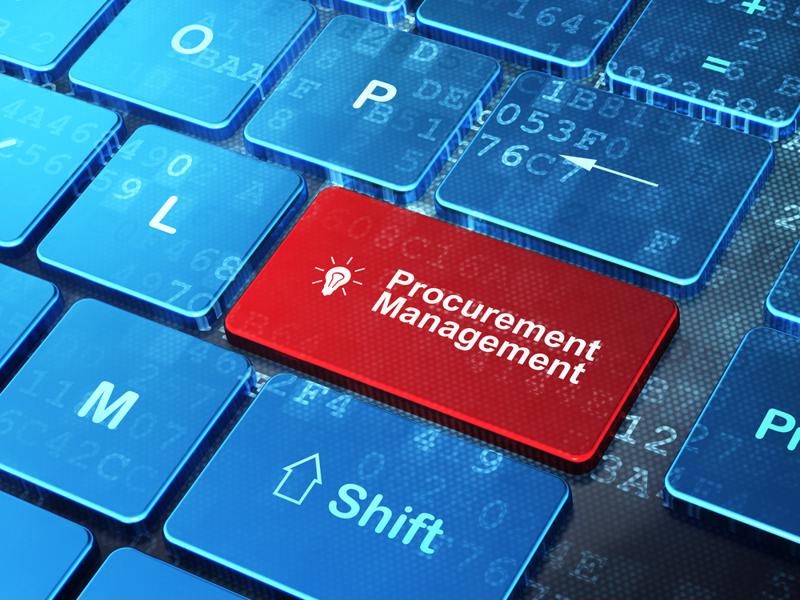In this edition, we'll focus on is Data Science.
1. Predictive Analytics and the Future of Spend Management Small mishaps and tiny lapses in communication can lead to big profit losses that did not need to happen. Humans aren’t perfect and significant information can easily slip through the cracks. Luckily, predictive technology can catch some of our mistakes and provide us with a safety net for technical errors. Joe Payne explains why and how predictive analytics can elevate the spend management field.
Cognitive Procurement is not to be confused with cognitive computing; it’s more human-focused. Imagine taking the most tedious tasks in your supply chain and outsourcing those tasks to a robot who can do it faster and more accurately. You could free up time for human capital to work its magic where it really matters. Samantha Hoy demonstrates how cognitive procurement can free up resources and allow Procurement teams to flourish.
You cannot realize full cost savings potential without conducting regular spend analyses. There are endless benefits and financial visibility is a big one. When it comes to cost-cutting, the data you obtain from a spend analysis will prove highly effective. Here are four key steps to take to perform a sound spend analysis.
Are you getting tired of thoughtlessly paying marketing invoices that you’re not even sure are worth the funds? You should be able to tag intrinsic value to every dollar you employ. Avoid blind spending by conducting a spend analysis in every corner of the supply chain, especially marketing.
Procurement is changing in so many ways, and as a field that’s almost reliant on data, the evolution of data science is highly relevant. Informed decisions are made from data observations so it is key for teams to stay up to date with the technology of it all. This blog, authored by James Patounas, begins a series of posts relating to data science and its application in Procurement.
If you’re regularly performing a spend analysis on your supply chain, you’re used to the traditional industry classification taxonomies (SIC, UNSPSC, NAICS). But are these taxonomies the best classification systems for Procurement to use? Corcentric’s Spend Analysis Expert, Brian Seipel, and Data Scientist, James Patounas argue that another method could be more effective in this podcast with Kelly Barner of Buyers Meeting Point.
Don’t let the overwhelming availability of data software scramble your team’s desktops. You need data to manage business functions, you don’t need it to confuse your data and ultimately, compromise your operational success. Master Data Management (MDM) is a system that allows business and IT departments to work fluidly. Here are three major benefits to an MDM program.
Is your procurement team working effectively? Ineffectively? Do you even know? Every department needs a method to measure their performance and Procurement can be a tricky function to evaluate. In this podcast, Corcentric’s S2P team is delivering five key procurement metrics to keep track of.
Procurement has come a long way since its mainly tactical stereotype in the ’80s. Today, the procurement function employs far more advanced cost reduction strategies and even goes far beyond simply cutting expenses. The space must ensure that Procurement professionals are evolving with the field. James Patounas explains a few concepts that Procurement experts should keep in mind to stay sharp.
By now, you know the unending value of Big Data and its ability to reveal patterns, trends, or associations you might not have noticed otherwise. The concept, however, can be a little overwhelming for some companies as they wonder how they will obtain all the right data and where. Data scientist, James Patounas, makes the argument for using Qlik Sense, an associative analytics engine with multi-cloud capabilities. The dynamic flow of data on this platform might be the answer to your Big Data questions.
Check out some of our other "Greatest Hits" lists:
Marketing
Logistics
Procurement Transformation
MRO





















